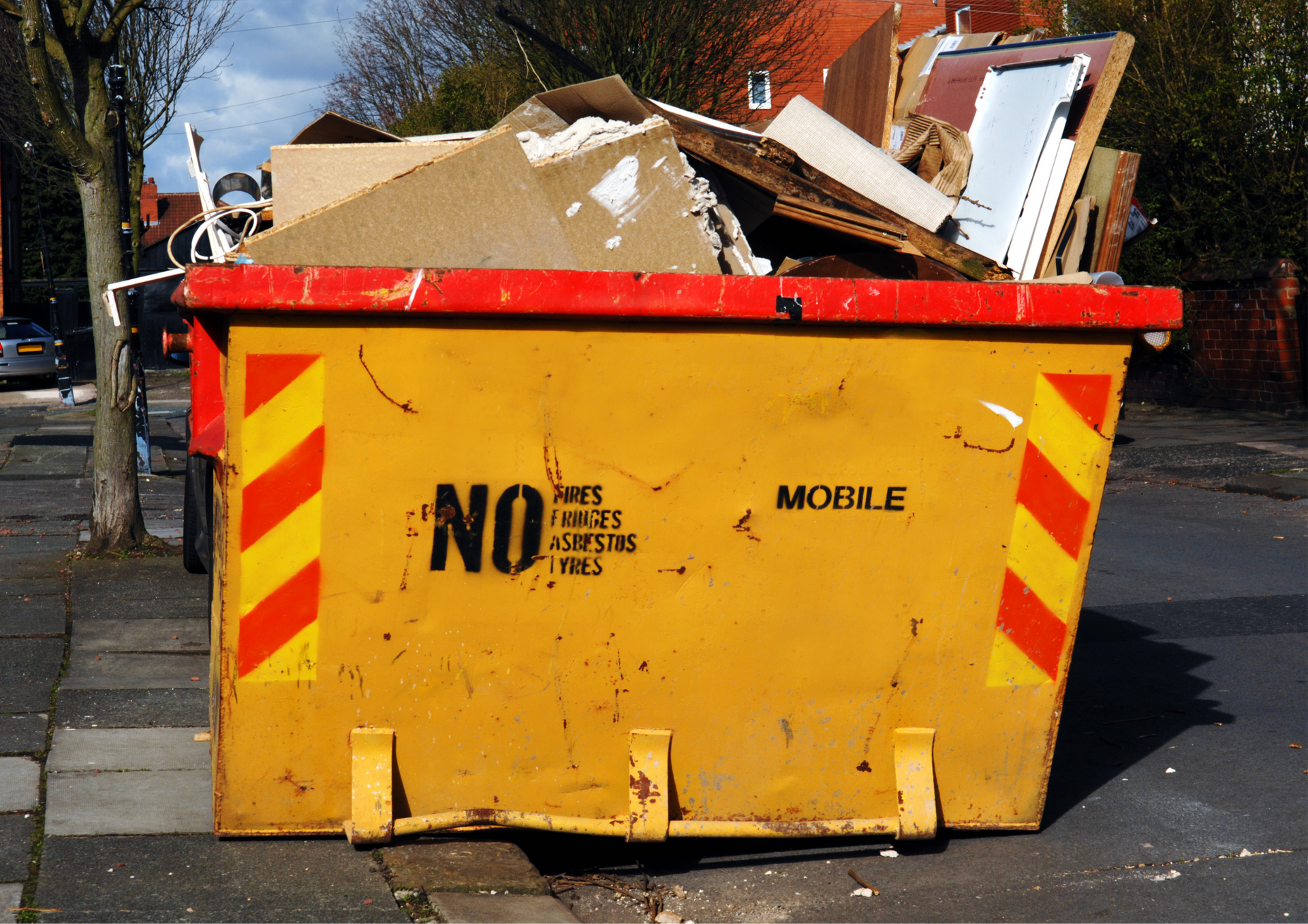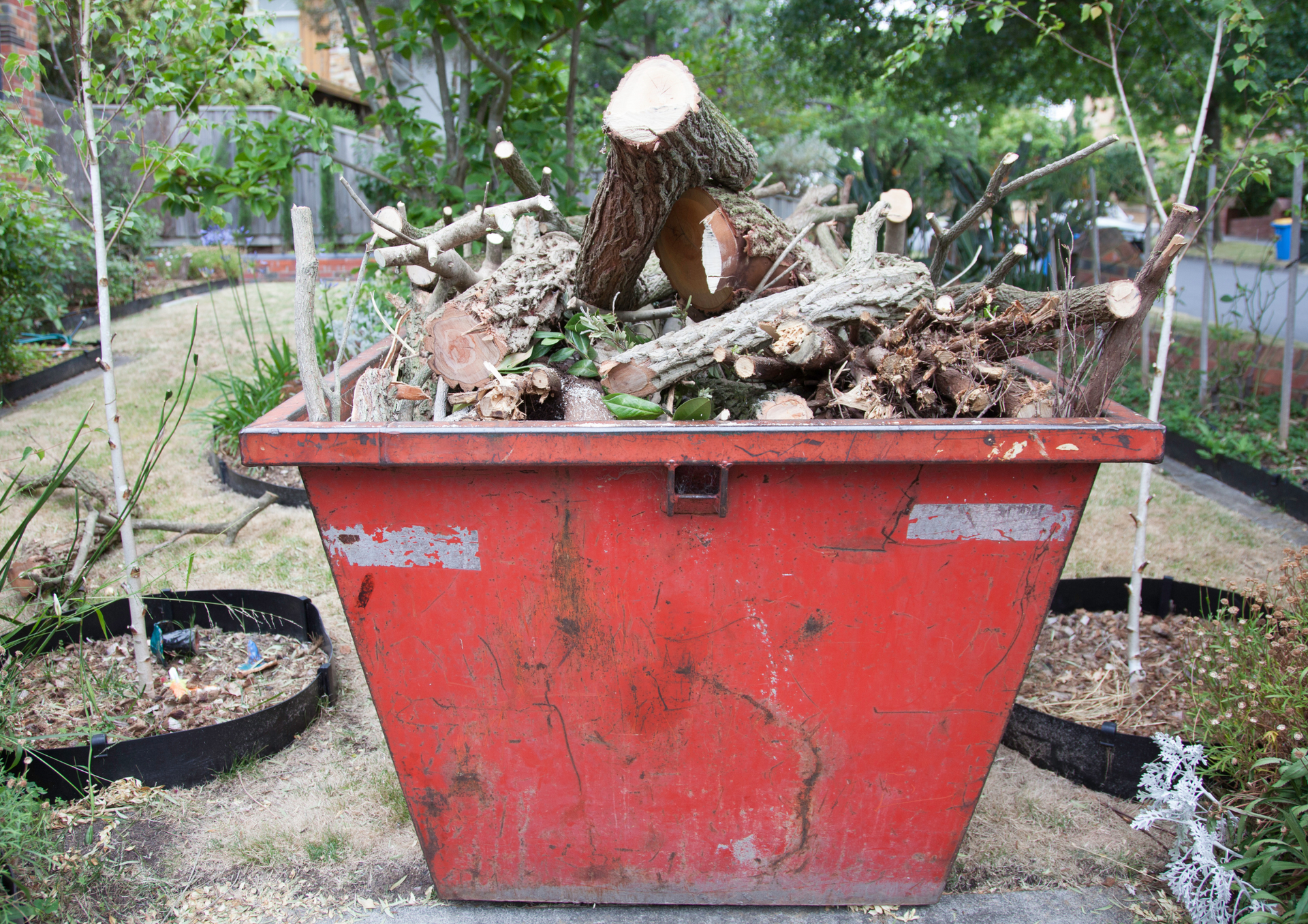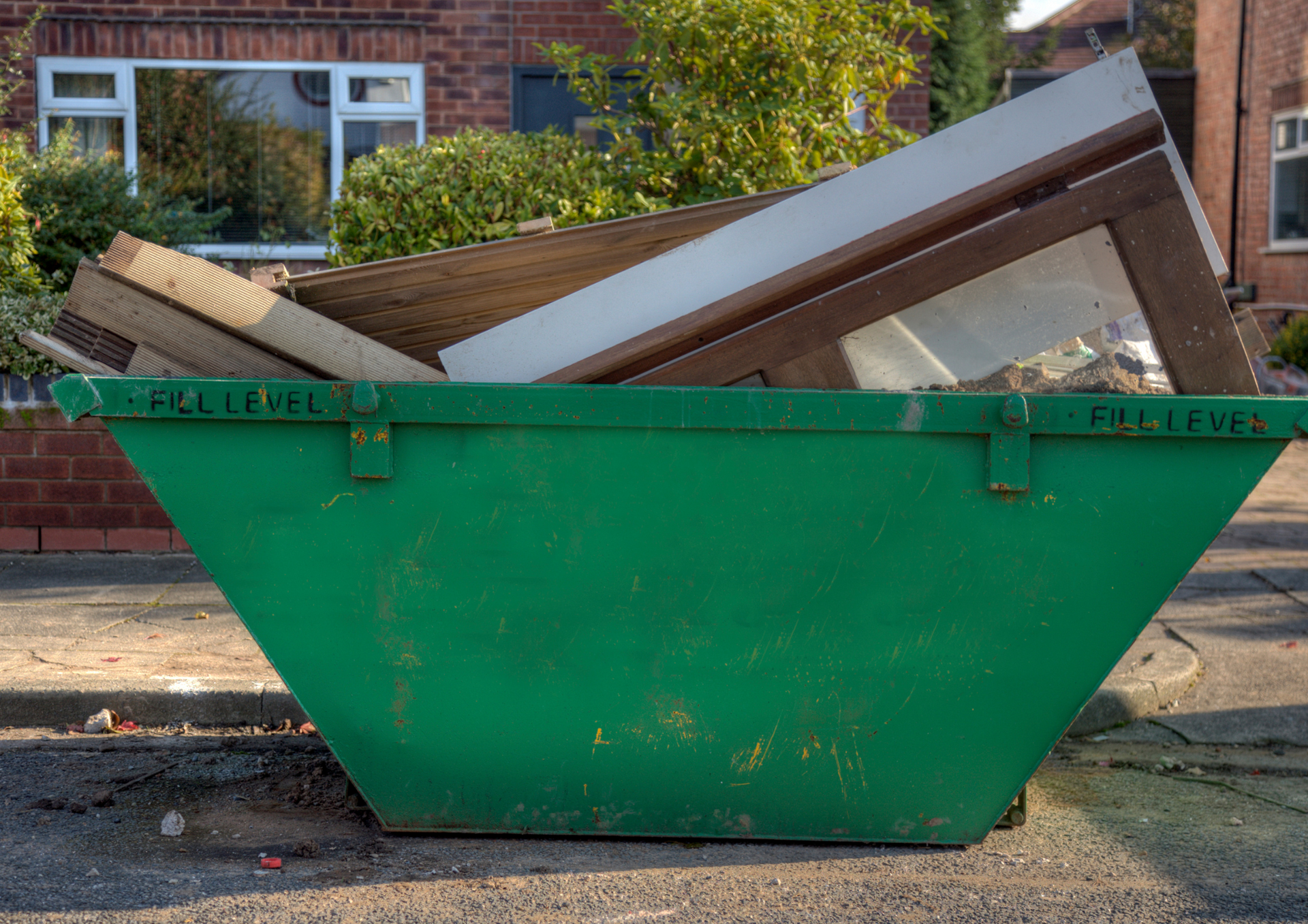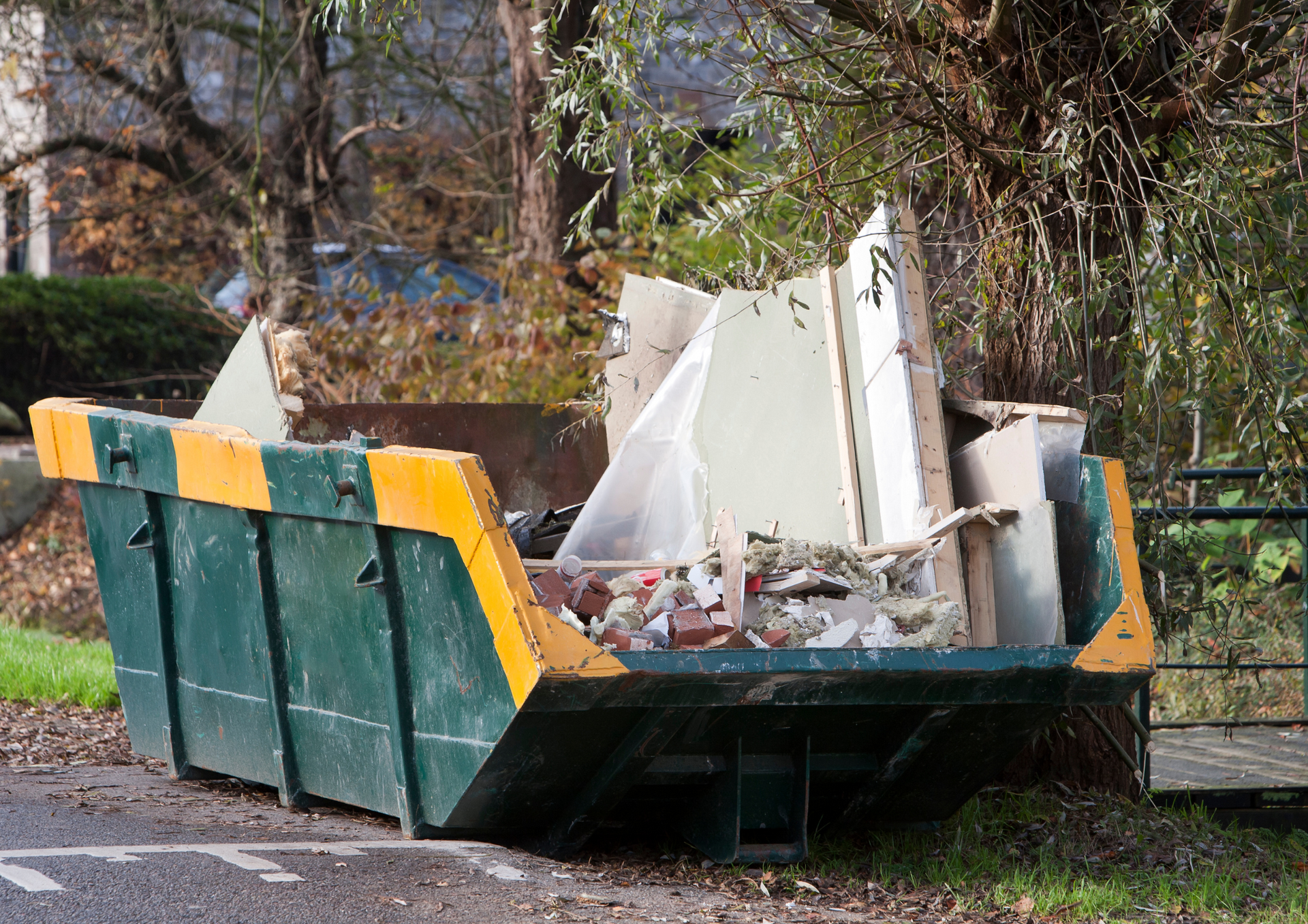Skip Hire Cost Guide: Factors of Size, Duration, and Location
When planning a renovation, construction project, or major clean-up, knowing the factors that affect your skip hire cost can help you budget wisely. The price isn’t just about hiring a container—it reflects size, duration, and location, along with additional considerations.
The Role of Skip Size in Pricing
The first and most obvious influence on cost is skip size. Smaller skips are usually ideal for garden waste, household clear-outs, or small DIY jobs. Larger skips, on the other hand, are best suited for commercial projects, construction sites, or extensive renovations. Because larger containers can hold more waste, they naturally cost more to hire. Choosing the correct size means you’ll avoid overpaying or needing multiple collections, making your budget stretch further.
When researching skip hire prices near me, you’ll notice a range of options depending on the volume of waste you need to dispose of. This is why it’s crucial to plan ahead and estimate your project’s waste output as accurately as possible.
How Duration Affects Cost
Another factor to consider is how long you’ll need the skip. Short-term hires are generally less expensive, but longer durations can increase the total price. Many providers include a standard hire period in their quote, often between 7 and 14 days, with extra charges applying for extended use.
If you’re comparing
skip bin hire prices, it’s wise to check not just the base rate but also the terms for hire length. Being realistic about your timeline helps avoid unexpected extensions and extra charges.

Location and Access Considerations
Where you are based, and where the skip will be placed, can also influence pricing. Urban areas with higher demand and tighter regulations often cost more than rural locations. Accessibility matters too—if a skip requires special permits for on-road placement or delivery to restricted sites, this can add to the total bill.
If your aim is to secure the best price skip bins, think beyond the headline rate. Permits, site conditions, and transport routes all have an impact, so it’s worth speaking with your provider to get a clear, all-inclusive quote.
Other Factors That Influence Skip Costs
Aside from size, duration, and location, several other elements can affect what you pay for a skip. Being aware of these helps you plan more effectively and avoid surprises.
- Type of waste – General household rubbish is usually cheaper, while plasterboard, soil, or hazardous materials can increase costs.
- Seasonal demand – Prices may rise during peak renovation periods when skips are in higher demand.
- Provider policies – Some companies may include extras such as permits or delivery charges, while others bill separately.
By considering these influences, you can manage your skip cost more effectively, ensuring your project runs smoothly and within budget.
Understanding the factors that affect
skip hire cost—size, duration, location, and other variables—empowers you to make better decisions for your project. Whether you’re clearing out a property, managing construction waste, or preparing for an event, having a clear picture of the costs involved saves both time and money.
At
Skip Hire Hinckley, we pride ourselves on offering professional, reliable, and affordable services designed to suit every project. Our team provides expert advice to help you choose the right skip while keeping your
skip hire cost clear and manageable. With flexible options, transparent pricing, and a strong reputation for customer satisfaction, we’re the trusted choice for homeowners, builders, businesses, landscapers, and event organisers across the region.
Don’t miss it on X:
Skip hire costs explained – size, duration, and location matter!




